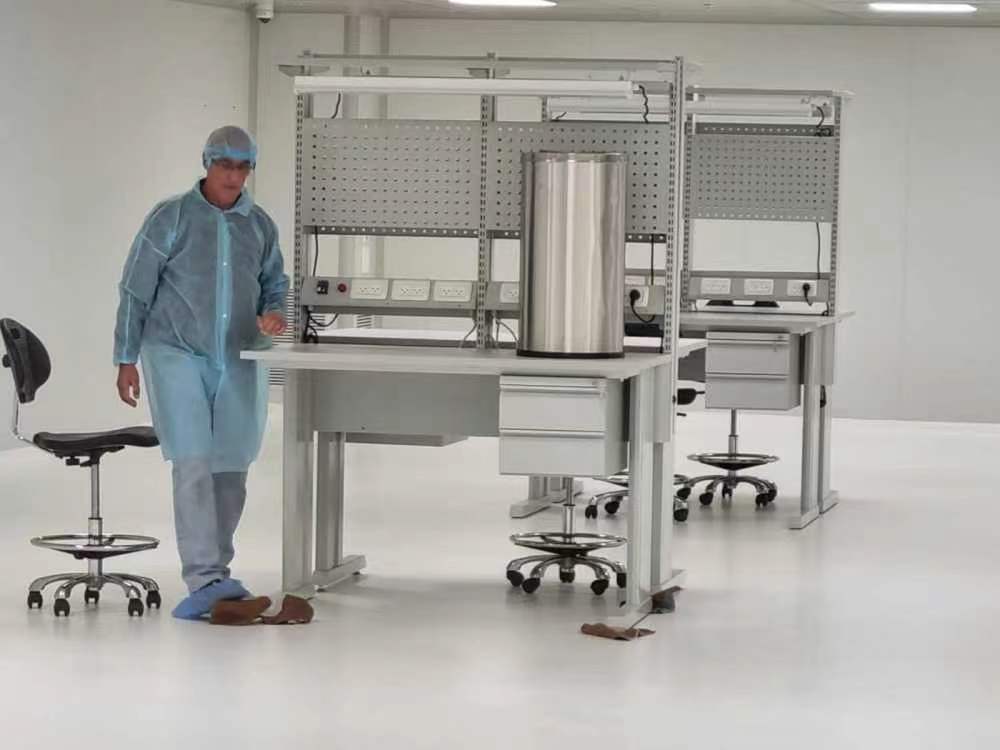
ESD workstations are essential for preventing electrostatic discharge damage to sensitive components such as microchips, circuit boards, and semiconductors.
By controlling static electricity, ESD-safe areas reduce the risk of latent damage, helping ensure consistent product performance and extended device lifespan.
ESD work areas are designed to comply with standards like ANSI/ESD S20.20 and IEC 61340, which are required in electronics manufacturing and assembly environments.
Implementing ESD protection minimizes product failures, rework, and warranty claims—improving productivity and saving operational costs.






Here are some typical ESD area configurations tailored for electronics assembly, cleanrooms, or static-sensitive packaging lines. These setups enhance workflow efficiency and ensure complete static protection.



An ESD-safe workstation is a work area designed to safely dissipate static electricity to protect sensitive electronic components. Unlike fully conductive materials, ESD-safe workbenches use materials with controlled surface resistivity (typically between 106 and 109 ohms) to slowly and safely drain static charges. This prevents sudden discharge that could damage delicate parts.
Using an ESD-safe workstation helps:
Prevent damage to static-sensitive devices (like PCBs, semiconductors, and microchips).
Ensure compliance with ESD protection standards (e.g., ANSI/ESD S20.20).
Reduce component failure rates and product returns.
Improve reliability in electronics assembly and repair.
ESD workstations are made from specially engineered materials with anti-static properties:
ESD-safe laminate surfaces with controlled surface resistance.
Powder-coated steel frames that are grounded.
Static-dissipative mats and wrist straps connected to grounding points.
Conductive storage bins and shelving for safe component handling.
These materials work together to maintain a controlled electrostatic environment.
You can verify compliance by:
Measuring the surface resistance using an ohmmeter or ESD tester.
Ensuring all components (e.g., mats, wrist straps, grounding cords) are correctly connected and grounded.
Checking that the workstation meets relevant standards such as IEC 61340-5-1 or ANSI/ESD S20.20.
Performing regular audits and maintenance of the ESD setup.
Recommended accessories for a complete ESD-safe setup include:
Grounding wrist straps and cords.
ESD floor mats and work surface mats.
ESD-safe chairs and trolleys.
Ionizers or static neutralizers for areas with uncontrolled humidity or airflow.
Proper labeling and ESD signage to maintain awareness.
These elements enhance protection against electrostatic discharge in the entire work area.
Yes. You can retrofit an existing workstation with ESD protection by:
Adding static-dissipative mats and grounding cords.
Installing ionizers and anti-static floor tiles.
Using ESD-safe chairs, bins, and shelving.
Implementing proper grounding and monitoring systems.
However, for high-sensitivity environments, it’s recommended to invest in a fully integrated ESD-safe workbench system.